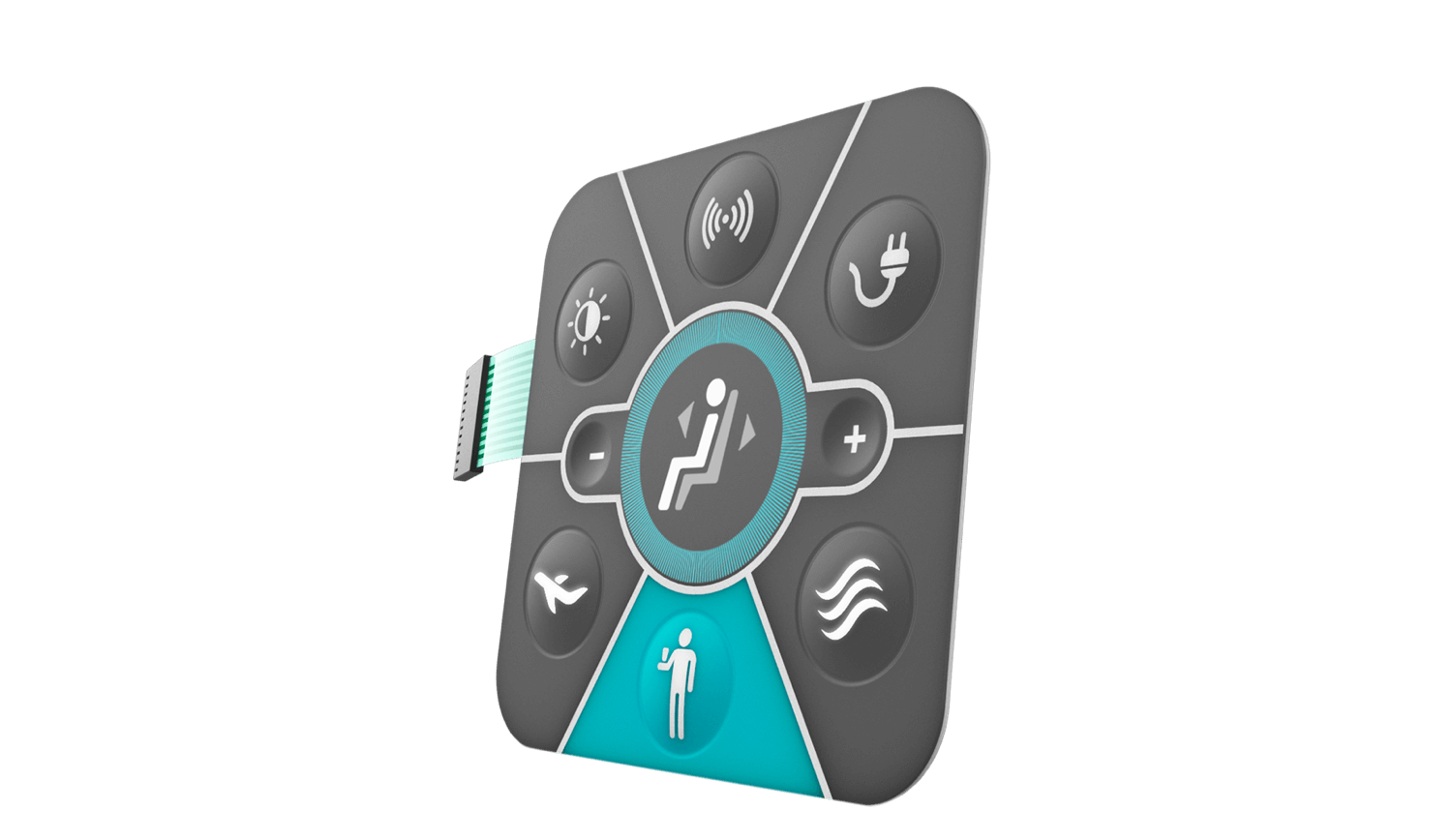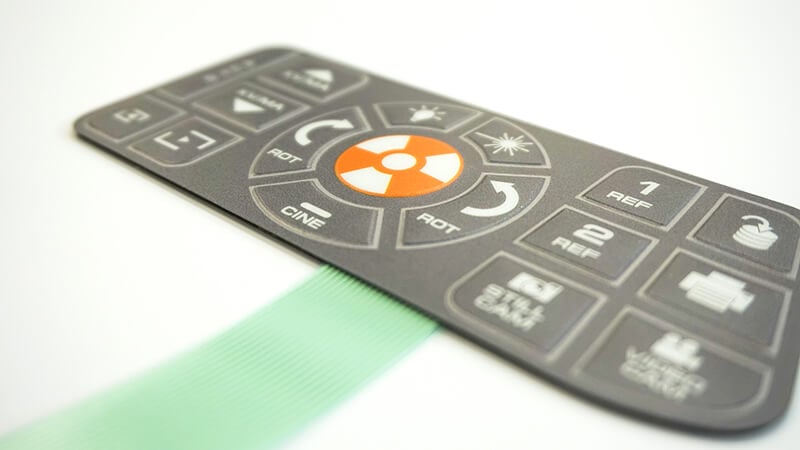Discover How a Membrane Switch Boosts Toughness and Capability in Devices
Discover How a Membrane Switch Boosts Toughness and Capability in Devices
Blog Article
Recognizing the Performance of Membrane Switches Over for Customer Interface Gadget
The performance of membrane layer switches over represents a significant improvement in customer interface design, integrating performance with visual versatility. As sectors increasingly prioritize customer experience, understanding the nuances of membrane button innovation comes to be essential.
What Are Membrane Buttons?
Membrane switches are ingenious user interface tools that facilitate user interaction with electronic equipment. These functional components include several layers, including a graphic overlay, spacer, and a printed circuit layer. The style enables for a seamless integration into numerous electronic tools, enhancing both the visual and functional aspects of interface.
Membrane switches are commonly used in a wide variety of applications, from household appliances to industrial equipment and clinical devices. Their building and construction commonly includes a slim profile, making them a suitable option for small designs. The tactile responses provided by these buttons can be crafted to satisfy particular individual preferences, making certain reliable communication between the customer and the device.
Resilience is one more considerable advantage of membrane buttons, as they are resistant to dust, moisture, and chemicals, which boosts their life-span sought after environments. In addition, these switches can be customized in regards to shape, dimension, and visuals layout, enabling branding and user-specific features. On the whole, membrane layer changes represent a practical remedy for improving individual experience in digital gadgets, combining capability with aesthetic allure in an effective fashion.
Exactly How Membrane Layer Changes Job
Operating on an uncomplicated principle, membrane layer changes use a layered construction to sign up customer input properly. Each switch contains multiple layers, consisting of a printed circuit layer, a spacer layer, and a top visuals layer, which are made to collaborate perfectly. When an individual presses the leading layer, it compresses the spacer layer, bringing the conductive components of the circuit layer into call with each various other.
This get in touch with creates a shut circuit, signaling the gadget to implement a particular feature. The layout permits numerous setups, consisting of responsive feedback, which can improve the customer experience by providing a physical sensation upon activation. The materials used in membrane buttons often include versatile substratums, such as polyester or polycarbonate, which make sure sturdiness and strength versus wear and tear.

Secret Advantages of Membrane Buttons

One more significant benefit is their compactness. Membrane layer buttons are thin and light-weight, which allows manufacturers to conserve area in their devices without giving up performance. This attribute is specifically useful in applications where weight and volume are vital considerations.
In addition, membrane buttons are resistant to dirt, moisture, and chemicals, boosting their sturdiness. This strength prolongs their life expectancy and lowers the requirement for regular replacements, resulting in price savings with time.
Furthermore, the responsive feedback supplied by membrane switches can be maximized to improve customer interaction. They can include features such as raised switches or distinct clicks, enhancing use and user experience.
Applications Throughout Industries
Customer interface gadgets making use of membrane switches prevail in a broad variety of sectors, showcasing their adaptability and performance. Membrane Switch. In the clinical field, membrane switches are essential to gadgets such as analysis tools and patient tracking systems, where their longevity and ease of cleaning are critical for maintaining hygiene requirements. Likewise, in check out here the auto sector, these buttons are employed in dashboard controls and infomercial systems, supplying a streamlined and modern-day interface for users.
In addition, the customer electronics industry take advantage of membrane switches in appliances and handheld tools, where small style and easy to use interfaces enhance user experience. Industrial applications also utilize membrane layer switches over for control board in equipment and automation systems, stressing their toughness and resistance to extreme atmospheres.
In the aerospace and defense sectors, membrane layer switches are made use of in cockpit controls and tools, where integrity and performance under extreme problems are vital. Furthermore, the pc gaming industry significantly integrates membrane buttons in controllers and game devices, adding to an interesting user experience. Generally, the adaptability of membrane switches over allows their widespread usage across many sectors, emphasizing their significance in contemporary interface layout.
Future Patterns in Membrane Switch Modern Technology

Furthermore, the usage of innovative materials, such as polycarbonate and polyester movies, is expected to rise, supplying boosted resilience and resistance to ecological stress factors. These products add to the total long life of membrane switches, making them appropriate for harsher commercial applications.
In addition, the unification of clever innovation, consisting of IoT connection, will certainly enable membrane switches to communicate with other devices and systems, helping with an extra interactive user experience. This trend aligns with the growing need for smart gadgets throughout numerous markets, from health care to customer electronic devices.
Last but not least, personalization alternatives are expected to broaden, enabling makers to produce bespoke options tailored to particular customer demands and choices. These growths will certainly position membrane buttons as essential parts in the advancement of customer interface modern technology.
Final Thought
In conclusion, membrane layer switches represent a crucial improvement in user interface innovation, offering a trusted and versatile remedy for diverse digital applications. As advancements in material scientific research and touch sensing innovations proceed, the functionality official statement and applicability of discover this membrane switches are expected to broaden, enhancing their significance in contemporary digital tools.
Report this page